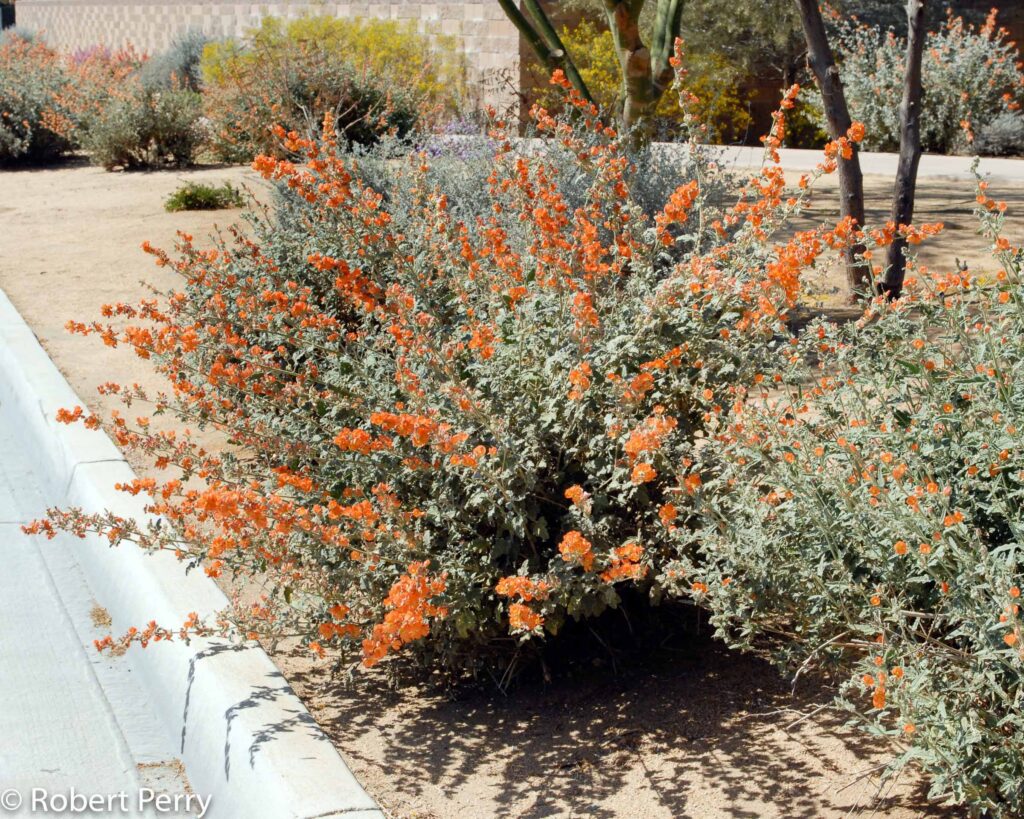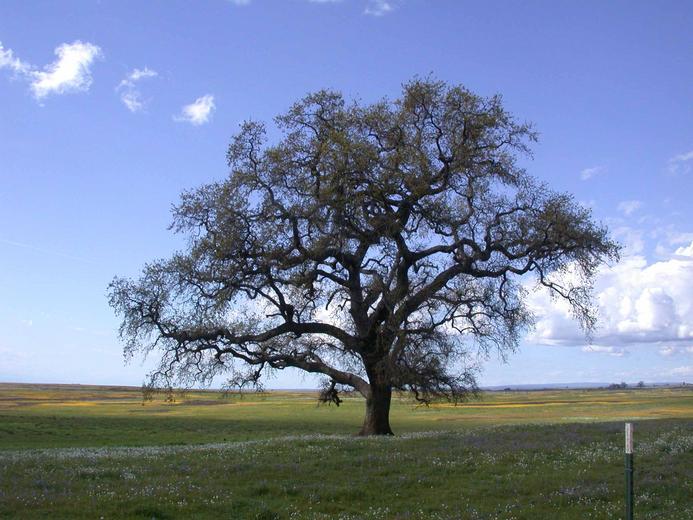Benefits of Sacramento’s Native Plants
A few reasons why Sacramento’s native plants are beneficial to your yard:
- Attract pollinators
You can motivate butterflies and other pollinators to visit your garden by planting native plants which provide them with food and shelter.
- Reduce pesticides and Fertilizer
Native plants can do just fine without the help of pesticides and fertilizers because they have been around here for such long time. Enjoy a chem-free yard by planting native plants and ditching the chemicals.
- Low-maintenance
Native plants are not fussy about long hot summers or winter rains because they are accustomed to it: They have lived here for hundreds of years if not thousands. Particularly with the warmer than usual summers we are experiencing, lawns with native plants have become an attractive and low-maintenance option.
- Include Drought-tolerant Plants
Many Sacramento native plants are low-water or no-water once-established. Incorporate them into your design and be aware of how much water each requires.
- Protect The Ecosystem
Not only native plants are water-wise, but they also help the ecosystem by providing food, shelter and egg-laying sites for pollinators and wildlife.
1) Desert mallow (Sphaeralcea ambigua)
Desert Mallow (also Desert Hollyhock) is a spring flowering perennial which grows up to 4 ft tall. It can adapt to all kinds of soils and prefers sunny garden locations.
✔️Flowers in spring
✔️Perennial (no re-planting each year)
✔️Does well in any kind of soil: From well-draining soil to clay
✔️Fast growing
✔️Colorful orange flowers

2) California fuchsia (Epilobium canum)
This low-lying perennial with bright scarlet trumpet-shaped flowers checks so many boxes for Sacramento residents:
✔️Flowers in summer and fall
✔️Once a month watering is enough
✔️Can tolerate cold down to 0 degrees Fahrenheit
✔️Fire resistant
✔️Hummingbirds love it
✔️Blooms red beautiful flowers when not too many other flowers are blooming

3) Deer Grass (Muhlenbergia rigens)
This beautiful and easy to grow California native bunch grass can grow in any kind of soil and matures in two years. Once matured, it can be watered as frequent as once a month. It attracts seed-eating birds on the summer.

4) California Poppy (Eschscholzia californica)
This commonly seen blooming flower, became the official state flower of California in March 2 1903. It can even be seen on the side of the freeways and under bridges (or even growing in cracks of walls)from February to September, depending on the temperature and water available. It self seeds, prefers full sun but can handle partial shade and does better in sandy, well-drained soil. Some interesting facts about it:
🥀They are considered annual but since under ideal conditions they can survive year around, they are also considered perennial.
🥀They don’t have much nectar but bees are attracted to them because they are an excellent source of pollen.
🥀They exhibit “nyctinasty” which means they close their petals at night and open them again in the day.
🥀California Poppy had to beat Matilija Poppy and Mariposa Lilly to be elected as the state flower.

5) Coffeeberry (Frangula Californica)
Coffeeberry is from the buckthorn family and that is why it is also called California buckthorn. It is not picky about the kind of soil it’s planted in and grows up to 15 feet tall and produces seeds which are liked by certain species of birds. Makes a good plant for your garden’s hedges.

6) Coyote Mint (Monardella villosa)
Coyote Mint has gray-green leaves and light pink to purple flowers in the summer. It has a minty smell to it and butterflies love its nectar. Native americans used it as a remedy for stomach ache and it may be used as mint tea. They may be used as border plants, seasonal ground covers or even in containers.

7) Western Redbud (Cercis occidentalis)
Western Redbud is a butterfly magnet shrub with pink and magenta flowers which bloom in the spring. It has heart-shaped green leaves and its flowers grow in clusters. It’s 3 inch brown legume pods are an easy and distinct way to identify this shrub in the summer and fall. An absolutely beautiful native plant for anyone considering “going native”.

8) Valley Oak (Quercus lobata)
Valley Oaks are among the largest oaks in North America. Therefore, they are not a favorite for small spaces: They can grow up to 100 feet tall and 50 feet wide in ideal conditions. They can grow 10 feet in 5 years and 20 feet in 10 years if planted somewhere where water table is withing reach of the roots. It is considered by many as the monarch of California’s nine species of tree oaks.
Interesting facts about Valley Oaks:
🌳Largest of all North American Oaks
🌳🌳Can live up to 600 years
🌳🌳🌳Its acorns fall in October, providing food for California ground squirrels, Yellow-billed Magpies and Acorn Woodpeckers, among other animals.

